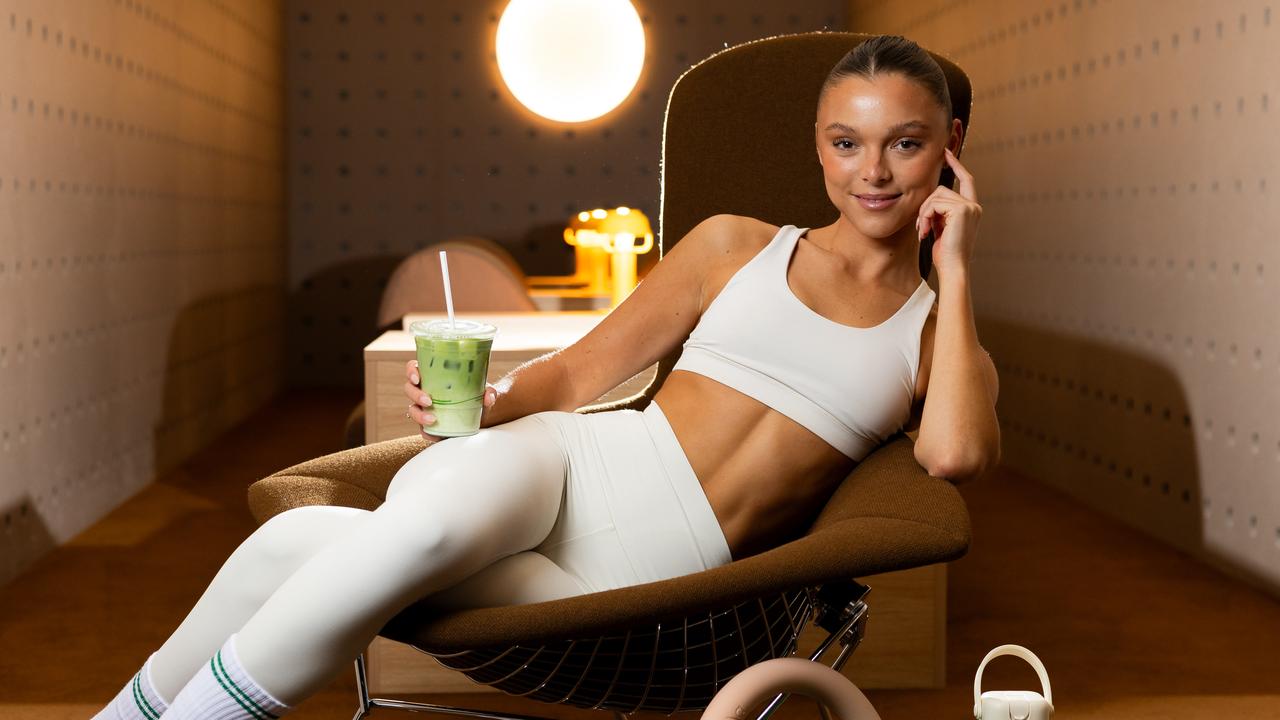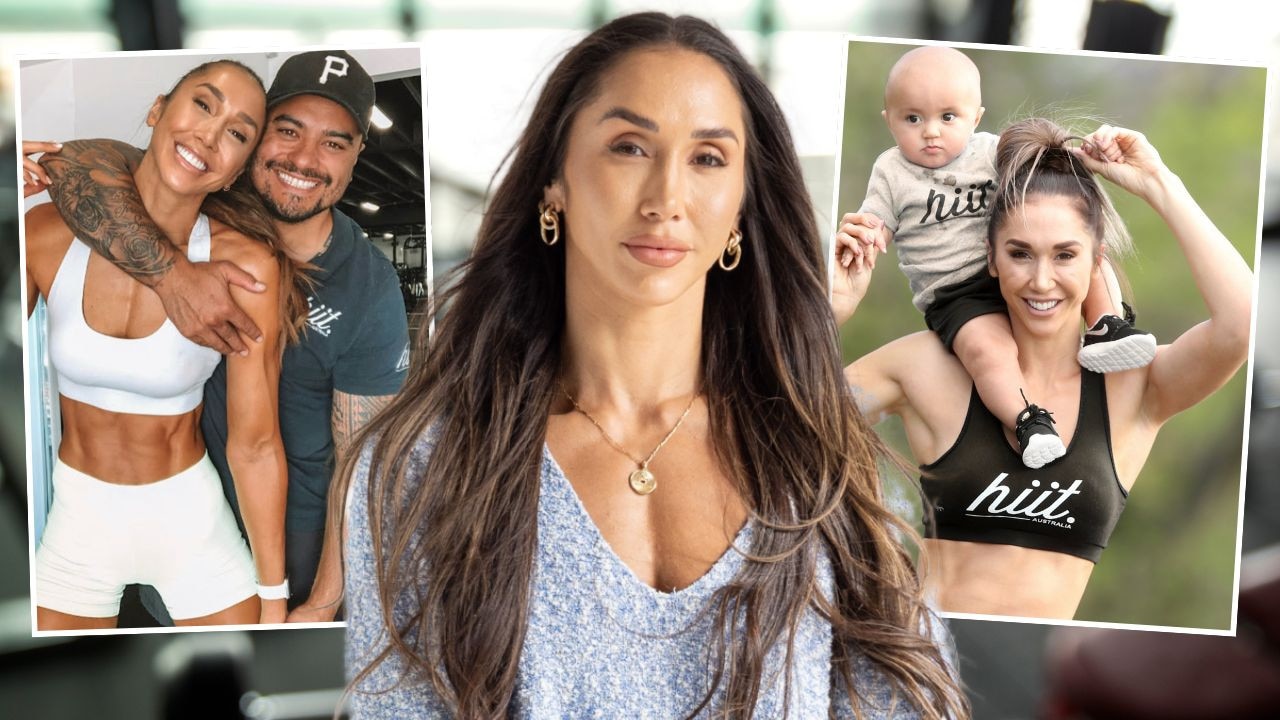Three ways to protect your back at the gym
Aches and issues with our backs are common. This is how to avoid issues when we exercise to keep our spines healthy and strong.
Fitness
Don't miss out on the headlines from Fitness. Followed categories will be added to My News.
1. DON’T LIFT TOO HEAVY WEIGHTS
A global study of 1000 people published in the journal Patient Related Outcome Measures found that up to 26 per cent of gym workouts result in back pain at some point.
“Exercise is good for our backs and our spines,” says the sports physiotherapist Paul Hobrough.
“We should be resistance training to keep our backs strong, but one of the most common errors I see is back pain after people have attempted to lift weights that are too heavy for them.”
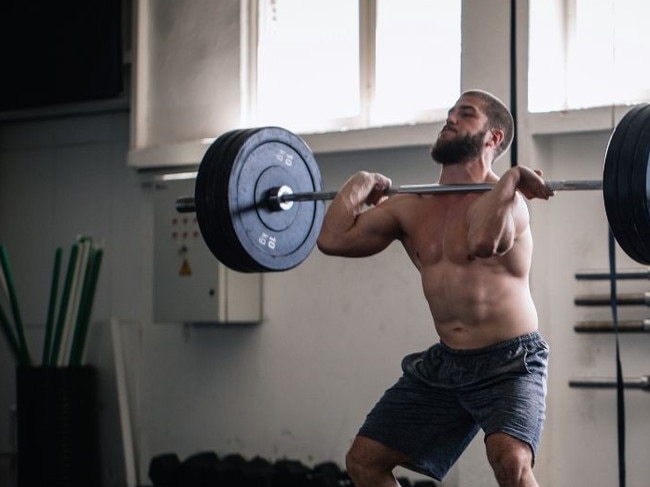
Hobrough says we should start with body weight exercises for large muscle groups such as squats and lunges, which are good for the back.
“Gradually add weights, but not too soon. Free weights are preferable to machine weights as they allow for a greater range of movement.”

2. DO ‘THE LOCUST’ TO PREPARE FOR THE TREADMILL OR CROSS TRAINER
Aches in the lower back are common among people who use cardio machines at the gym.
It’s often due to tight hamstrings pulling your pelvis out of alignment, says Lexie Williamson, the author of Yoga for Runners.
“The locust exercise helps to strengthen your back extensor muscles while releasing back and shoulder tension and improving your running and walking posture.”
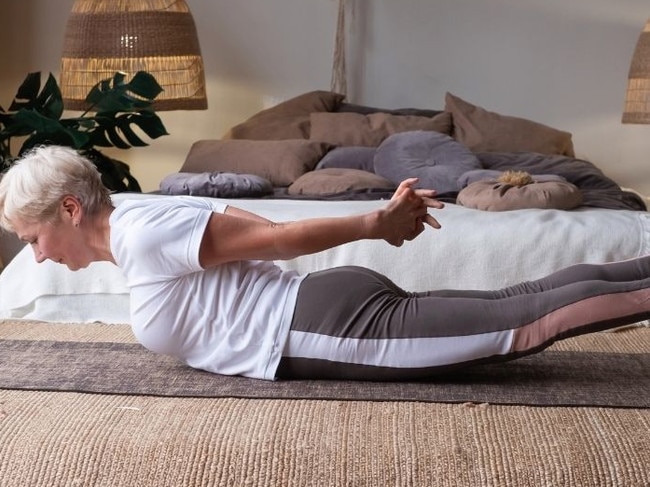
To do it, lie face downwards, arms by your sides. Breathe in and, keeping legs on the ground, raise your arms and torso off the floor. Keep looking down as you do this, keeping the head in line with the spine. Hold for five seconds, then repeat but this time lifting the legs off the floor as well. Do the exercise several times a week to get stronger.
3. WEAR UNRESTRICTIVE CLOTHES
Gymwear that restricts movement can play havoc with your back over time according to a 2021 study at Kashmir University in India.
For women, a supportive sports bra “is crucial for exercise comfort”, says Dr Chris Mills of Portsmouth’s School of Psychology, Sport and Health Sciences, but he warns that high-impact sports bras designed to prevent breast bounce may unintentionally increase loading on the musculature of the spine.
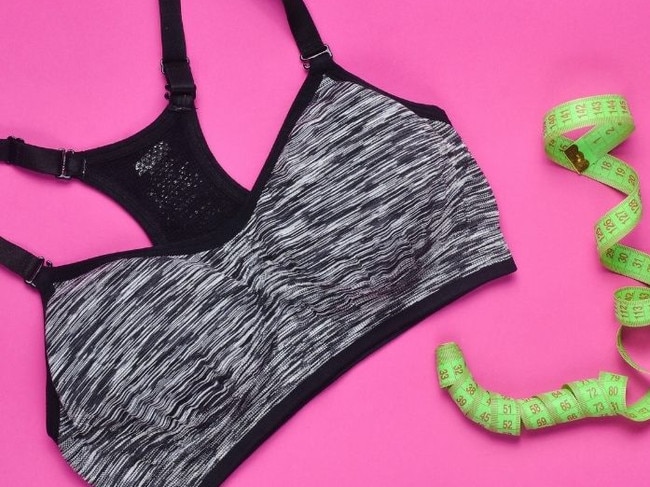
Get fitted for a sports bra that allows for no gaping or chafing and that keeps things in place in test-jumps.
Originally published as Three ways to protect your back at the gym

